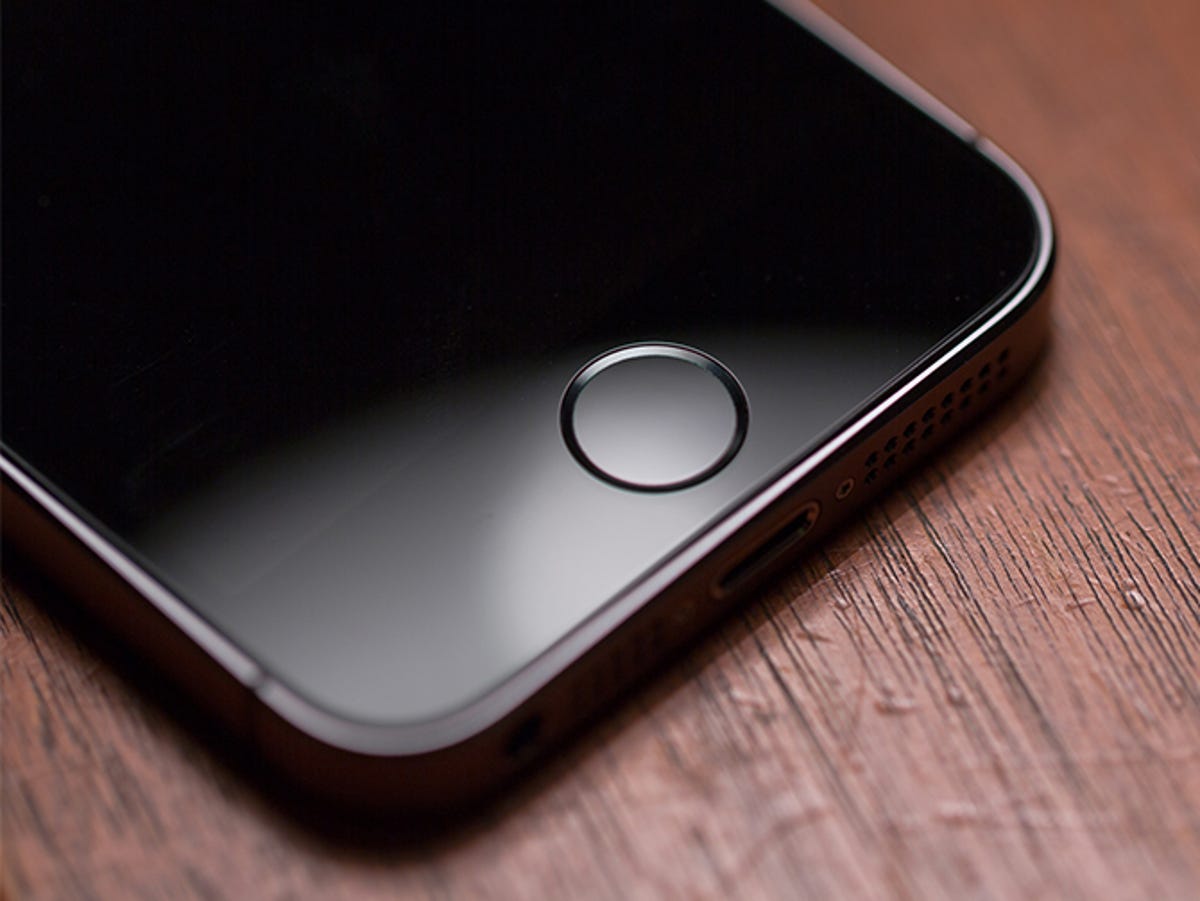
CNET
The UK’s biggest bank is letting customers access their accounts with a swipe of their finger on their iPhone’s Touch ID fingerprint sensor.
NatWest, the UK’s largest commercial and retail bank, is part of the Royal Bank of Scotland group. NatWest and RBS customers will be able to use Touch ID from 19 February to log in to their banking apps.
Phones you can unlock with your fingerprint (pictures)






+2 more
Finance at your fingertips
- How to control Touch ID on the iPhone and iPad
- Unlock your Mac using Touch ID on your iOS device
- Apple eyes way to leave fingerprints in the cloud
- Samsung Galaxy S5 fingerprint scanner thwarted by hack
- Pay attention: Zwipe is a credit card with a fingerprint sensor
Making payments and other features will still require extra verification, and limits will be set on new payments.
Touch ID is a fingerprint scanner built into the sapphire home button of the iPhone, reading and verifying your fingerprint to confirm your identity. It’s built into the iPhone 5S, iPhone 6 and iPhone 6 Plus , as well as the iPad Air 2 and iPad Mini 3 .
The scanner’s everyday use is to unlock the phone, although it is also used to secure verification and process payment by companies, apps and services. Third parties that support Touch ID include Evernote, Dropbox, LastPass and Amazon.
Your fingerprint information is stored on the phone itself rather than being transmitted to Apple, making it more difficult to hack. Fake fingerprints can be used to fool the scanner, but that requires someone getting hold of your phone and an impression of your fingerprint.
The move by NatWest and RBS is “a landmark moment for two-factor authentication entering the mainstream,” says Phil Underwood, global head of pre sales at authentication company SecurEnvoy. “There is always a balancing act when it comes to authentication. Make it too easy for the user and the authentication may be compromised or circumvented; too hard and adoption rates for the new authentication technology will drop. This shows that there is now a middle ground that is secure enough for banks to remain compliant to regulation, but easy enough to lead to widespread adoption.
“The technology is at everyone’s finger tips… literally.”
Update, 2.05 p.m. UK: Added statement from SecurEnvoy.



